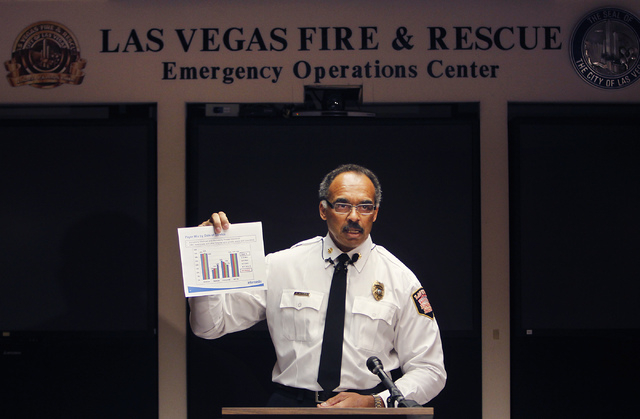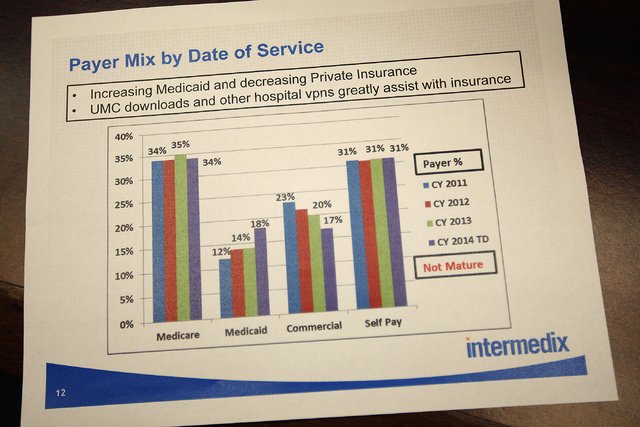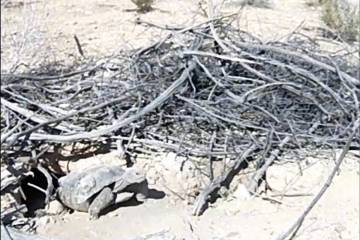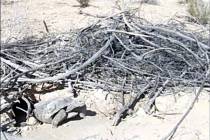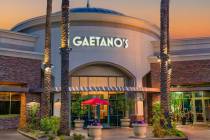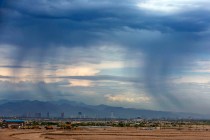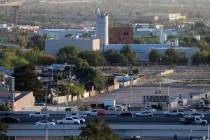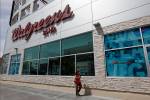Las Vegas fire chief: Department treats all calls equally
The Las Vegas Fire Department responds to all emergencies in the city, regardless of ethnic heritage or money, Chief Willie McDonald stressed several times at a news conference Tuesday.
McDonald had called the news conference with the intention of rebuking his competitor — private ambulance company American Medical Response — which on Monday released a report accusing the Fire Department of putting more public resources in wealthier neighborhoods at the expense of poorer parts of the city.
“We respond to 100 percent of the calls in the city and treat every person with respect and courtesy,” McDonald said.
But AMR, which operates under a contract with the city, didn’t accuse the Fire Department of failing to show up. Its report said the department is taking more wealthy patients to hospitals, while leaving it to AMR to transport more patients from inner city neighborhoods. McDonald didn’t directly address that.
The report by local research firm Applied Analysis, commissioned by AMR, said that since a recent change in policy fire department shows a preference for “areas with higher incomes, less diversity, higher rates of insurance and ultimately, higher expected emergency medical services collection rates.”
The analysis looked at the entire city and and demographics in two ZIP codes. In 89134 — which includes the Sun City Summerlin retirement community, is 81 percent white, and has an average income of $77,387 — the fire department took 63 percent of 182 transports, leaving AMR 37 percent.
In 89110, which is 63 percent Hispanic, the Fire Department took 17 percent of 255 hospital transports, leaving AMR 83 percent.
Both the city and private ambulance companies bill for hauling patients to hospitals, so there’s a financial motive behind the allegations. Patients from the wealthier neighborhoods are more likely to pay their bills after an expensive ambulance ride, AMR said.
In the Sun City Summerlin area, the payment collection rate was 45 percent. In the poorer area, it was 21 percent, AMR’s report said.
McDonald said AMR’s claims are “completely false,” but also said he hadn’t read the report, which last week was given to City Council members, was the subject of a Review-Journal front-page article Tuesday and by the end of the day Tuesday had been sent to every local media outlet.
“I can’t account for what’s in the report, what it says, where the data comes from,” he said. “But… there’s not even a thought by any of our folks, that we’ll respond to a call and we wouldn’t transport. We transport everyone. We transport people all over the city, and we’ll continue to do that.”
McDonald was asked if he would he read a copy of the report if provided by the media.
“I’m happy to look at it,” he said, before adding a caveat. “You probably won’t get a response from me, because I can only give… I only will respond to what Las Vegas Fire & Rescue is doing. I don’t make accusations about other agencies or other departments, I can only tell you what we’re doing.”
Ron Cunningham, spokesman for AMR, said the report “speaks for itself.”
“The data is the data. We don’t really have anything else to add,” he said.
McDonald provided an internal Fire Department billing document showing that city billing for medical services has been consistent for the past four years.
About 34 percent of fire department patients had Medicare and 31 percent of patients paid out-of-pocket since 2011, McDonald said. The number of Medicaid patients rose from 12 percent to 18 percent in that span, and the number of patients with private insurance dropped from 23 percent to 17 percent, he said.
But the Fire Department data only indicates the insurance providers of the patients, not which patients or insurance providers actually paid.
The dispute between AMR and the city began March 3, when the Fire Department ended “dual response” and stopped automatically notifying AMR about emergency calls.
Under dual response, the Fire Department responded to all emergency medical calls but only transported someone to the hospital about 30 percent of the time.
AMR handled the other 70 percent of the transports. McDonald has said he wants to increase his department’s share to 75 percent. So far, the department is transporting about 43 percent of patients.
Contact reporter Mike Blasky at mblasky@reviewjournal.com. Follow @blasky on Twitter.



